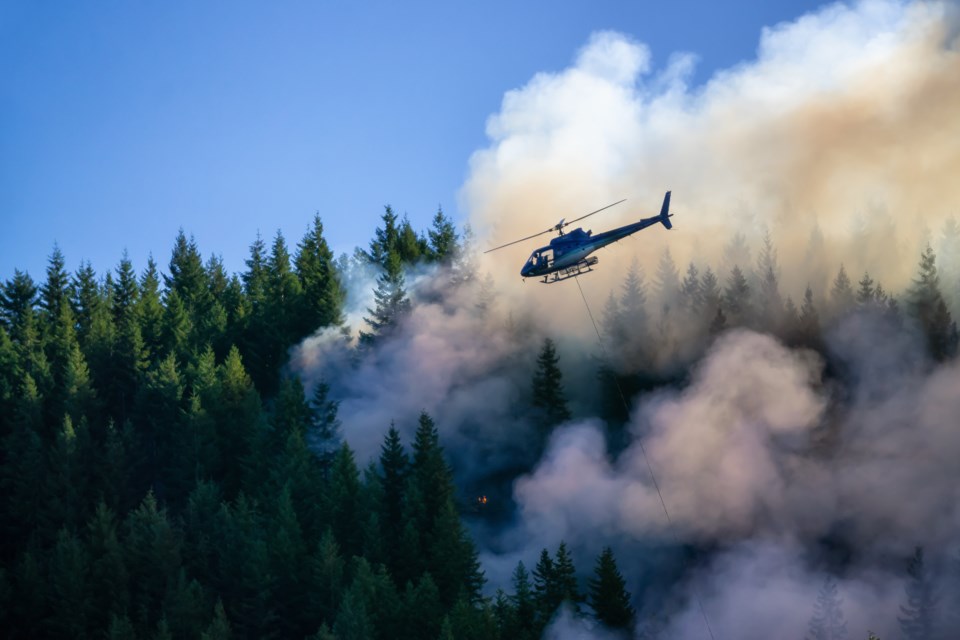Here we go again.
It's a familiar lament throughout B.C.'s interior this spring, as yet another wildfire season begins in earnest.
"So much of this business is hurry up and wait," says Kevin Skrepnek, B.C. Wildfire Service's Chief Information officer.
Skrepnek notes that over the past four weeks, several grassfires have already blackened hundreds of hectares of brush – and this time of year, those kinds of blazes aren't uncommon.
"We've had that snow melt which has left a lot of dead fuel, dead grass on the ground, and certainly that can take off fairly quick if you’ve got a source of ignition," says Skrepnek, well known in the Interior as he face of the Wildfire Service.
Regrettably, Skrepnek admits that "pretty much every fire we see at this time of the year is going to be to one degree or another, the result of human activity."
British Columbians hardly need to be reminded about the severity of last year's fire fight as well over 2,000 infernos burned more than 1.340 million hectares of land, resulting in widespread and lengthy evacuations.
The entire city of Williams Lake had to be cleared for nearly two weeks as a result of threatening fires in the Cariboo. And who could forget how air quality was impacted by last year's record fire season, as thick smoke turned day into night in several communities. Even Metro Vancouver and the Fraser Valley experienced never-seen-before air quality readings that led to advisories in virtually every corner of the province.
Little wonder the B.C. government announced a province-wide state of emergency – which lasted from August 15 to September 7.
While early season plumes of smoke around the interior would seem to suggest another challenging firefighting season ahead, Skrepnek says it all depends on something they have absolutely no control over: weather.
"We often will see two different phases of a fire season," he says, noting the importance of what Environment Canada describes as the "June gloom." With winter killed grass providing fire fuel between March and May, Skrepnek says the rainy season between late May and the end of June is the most important indicator for the fire season:
"The amount of rain we get in that period will pretty much dictate what kind of fire season is ahead."
Asked whether B.C. Wildfire Service crews are feeling trepidatious about the months ahead after the last two years of record fire activity, Skrepnek admits to a sense of nervous anticipation.
"Certainly after the last two years, I think everyone is a little leery as that potential is still top of mind for a lot of people."
At this point, the Wildfire Service is preparing for battle, intent on putting more focus on preparedness and prevention. After spending over $350 million on firefighting in 2018, this year's base budget has been increased to just over $100 million, although as always, they'll spend whatever is necessary.
The Wildfire Service also has agreements to assist firefighters as they did last year, with personnel from across Canada along with international crews from Mexico, New Zealand and Australia.
"We have to get all our pieces in line to get as ready as we can...although so much of it will all depend on what mother nature has in store for us," notes Skrepnek.
Amid a lower than normal mountain snowpack and growing fears of drought conditions this summer, for the dedicated men and women on the front lines of British Columbia's annual wildfire battle, right now is the calm before the storm.
For them, sooner isn't better.
As always, I welcome your comments and criticism on Twitter @kammornanchor and email: [email protected].
Bob Price is a veteran B.C. broadcaster who anchored the morning news on CHNL radio in Kamloops for the past 30 years. Bob is also a past Webster Award winner whose previous stops included Vancouver and Calgary.



